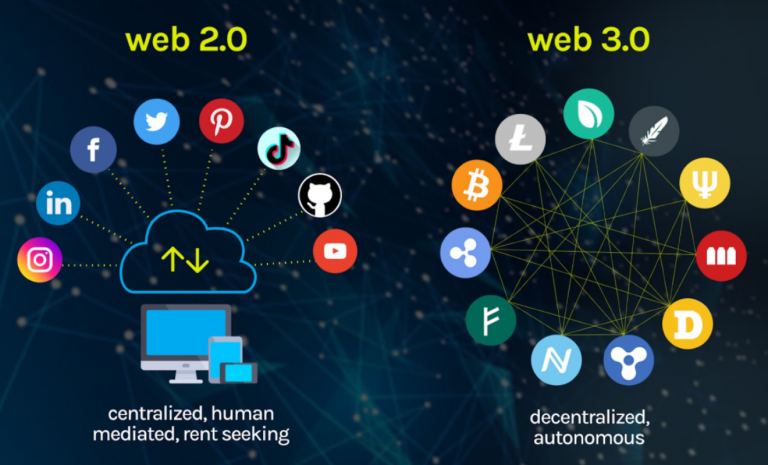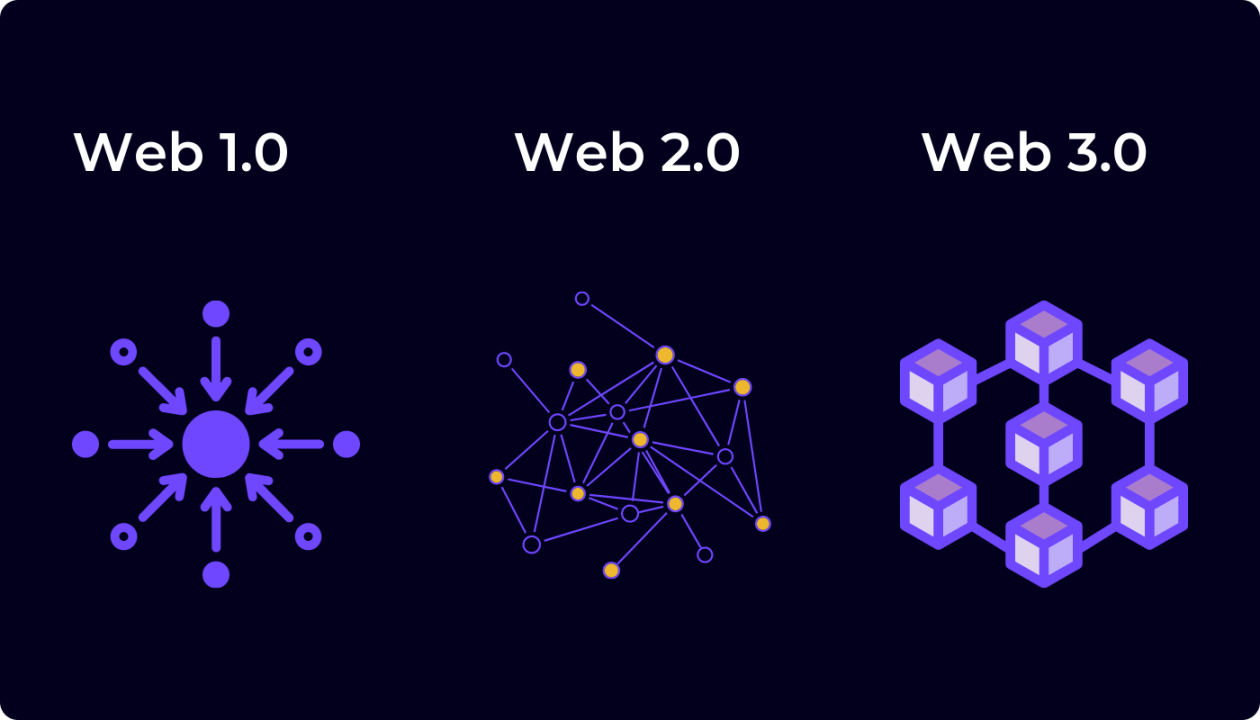and the distribution of digital products.
Should Interactions Be Decentralized?
Decentralized interactions involve more than just some sort of transaction on a blockchain; they are any kind of digital exchange contingent upon a distributed network to attain trust, transparency, and autonomy among participants. Thus, in traditional web paradigms, interactions are regulated or controlled with the help of central intermediaries such as social media platforms or other kinds of centralized servers.
\ Web3 tries to strip away these central intermediaries and replace them with protocols where the rules are hard-coded, immutable, and enforced together by means of the collective.
\ But how do we then describe whether an interaction is "decentralized enough?" A truly decentralized interaction would meet the following three criteria:
\
- Shared ownership. No single party should have absolute control of data, assets, or communication. The ownership shall therefore be retained by participants, very often represented in token-based governance models.
\
- Incentivized participation. Participants in the system would be incentivized through rewards in tokens; this aligns goals of the individual with those of the common.
\
- Enforceable rules. Interaction rules are coded into smart contracts; they will be guaranteed executed as written, sans intermediary and central actors. This makes them fair and self-enforcing.

\ Under what circumstances might an interaction be said to be decentralized? One useful threshold is the following: an interaction is decentralized to the extent that it can sustain itself without outside governance or oversight. It follows that:
\
- Low-level decentralization. This is the very basic level at which the storage of data and transactions occurs on the blockchain, but decision-making and content moderation remain at the mercy of the central authority. For example, a social network that decentralizes can store posting and likes on a blockchain but still has a central team that decides its content policy.
\
- Mid-level decentralization. Governance and moderation decisions start making their way via either DAOs or community voting mechanisms. This could be an open-source codebase, although part of it remains centralized through UI or API layers.
\
- High-level decentralization. This includes the layer at which nearly everything is decentralized. Data storage, governance, content moderation, and even development are done collectively by the community. Smart contracts enforce the rules, no exceptions, and no single entity holds more power than what the community consensus would allow.

\ How far can we take it in decentralization? Let's define the boundaries:
\
- Data storage. Fully decentralized applications store all their data in distributed file systems such as IPFS or Arweave. In practice, however, data retrieval speed, storage costs, and privacy concerns are what make fully decentralizing the data storage unrealistic. The compromise would be a hybrid system whereby the critical data is kept decentralized, but less critical elements of applications are cached on a centralized server.
\
- Governance. Decentralized governance can be achieved by DAOs, where the token holders vote on proposals. This is a technical challenge to implement the mechanism of voting fairly. In detail, one needs to avoid Sybil attacks where a single entity creates multiple identities in order to have an influential vote with techniques such as quadratic voting or proof-of-personhood protocols.
\
- Content moderation. Decentralizing content moderation is not a trivial task; to some extent, this can be done using token-based curation markets, whereby users stake a token to support or contest some piece of content, and the moderation of content arises based on market demand. This does require thought in design, lest echo chambers or majority tyranny will follow.
\ Even protocol development can be distributed. The changes are proposed, reviewed, and approved by the community. This even then has limitations. Sometimes, one needs expert security audits, which indeed have to be done centrally to ensure robustness. Therefore, what enables an interaction protocol to function within a decentralized environment? Be it a new SocialFi dApp or perhaps a protocol such as an interaction tree, there are many technical keys to consider:
\
- Identity verification. In regard to decentralized identity systems, the various methods of utilizing blockchain-based identity verification enable users to transact without revealing any real-world identities, but still guarantee that their actions are traceable and accountable. This is most important in relation to spam, abuse, and fraud within a decentralized network.
\
- Data interoperability. Protocols for interaction should guarantee interoperability between chains for data. This means a kind of standardization in how data is stored and retrieved, normally achieved by using decentralized oracles and cross-chain communication protocols.
\
- Mechanisms of consensus. The consensus mechanism is the backbone of any decentralized interaction protocol. While PoW and PoS are well-known, some up-and-coming mechanisms like Proof of Interaction or Proof of Participation may be much more relevant in the case of SocialFi applications; in fact, such mechanisms reward users for their engagement in the network, which includes posting, commenting, and even moderation.
\
- Privacy and encryption. Specified advanced cryptographic techniques that guarantee privacy for decentralized interaction. That is, thanks to the zero-knowledge proof, I am able to prove my action is valid without showing anything else. Such a thing is needed in order to keep privacy during social interaction and not to lose transparency or trust.
\
- Smart contract logic. As mentioned earlier, smart contracts define the rules of engagement. It is not all about transactions; even complex social contracts could be governed, such as community guidelines, reward structures, or content curation algorithms. But smart contracts are only as good as their contract code-a bug or vulnerability may lead to catastrophic failures.

\ We need a framework to assess whether or not something is decentralized. Let me define a few key checkpoints below.
\
- Autonomy score. Basically describes what part of the operation of the system relies on autonomous smart contracts and what part relies on centralized servers.
\
- Governance score. Describes the distribution of voting power among token holders. Is the project really decentralized, or do the few whales hold the majority of tokens?
\
- Data sovereignty score. Compares who owns and controls the data. The score goes closer to 0 if data can be seized, censored, or manipulated by any central entity.
\ ==Where do I draw the line?==
\ Not always feasible or even necessarily desirable, one will have to make careful consideration of trade-offs between the speed, cost, security, and user experience. Here is where I draw the line:
\
- Tier 1. Permissionless protocols allow participation by anyone at any time. They are highly decentralized and subject to significant vulnerabilities—like spam, abuse, and Sybil attacks.
\
- Tier 2. Federated protocols have decentralization with some sort of oversight or governance. These nodes may be individually operated by different entities, but they follow a shared protocol.
\
- Tier 3. Hybrid Protocols-are where decentralization is done on a strategic level. Critical components, such as the transferring of assets and some kind of governance, are decentralized, while non-critical ones remain centralized to achieve the best performance or user experience.
\ Thank you for your attention.
- Home
- About Us
- Write For Us / Submit Content
- Advertising And Affiliates
- Feeds And Syndication
- Contact Us
- Login
- Privacy
All Rights Reserved. Copyright , Central Coast Communications, Inc.